Have you ever thought about how interconnected the systems on modern aircraft are? While it might seem like a marvel of technological progress, this interconnectedness also brings about cybersecurity concerns that are not entirely addressed by current regulations. Recently, the Federal Aviation Administration (FAA) acknowledged these gaps and proposed new regulations to tackle them.
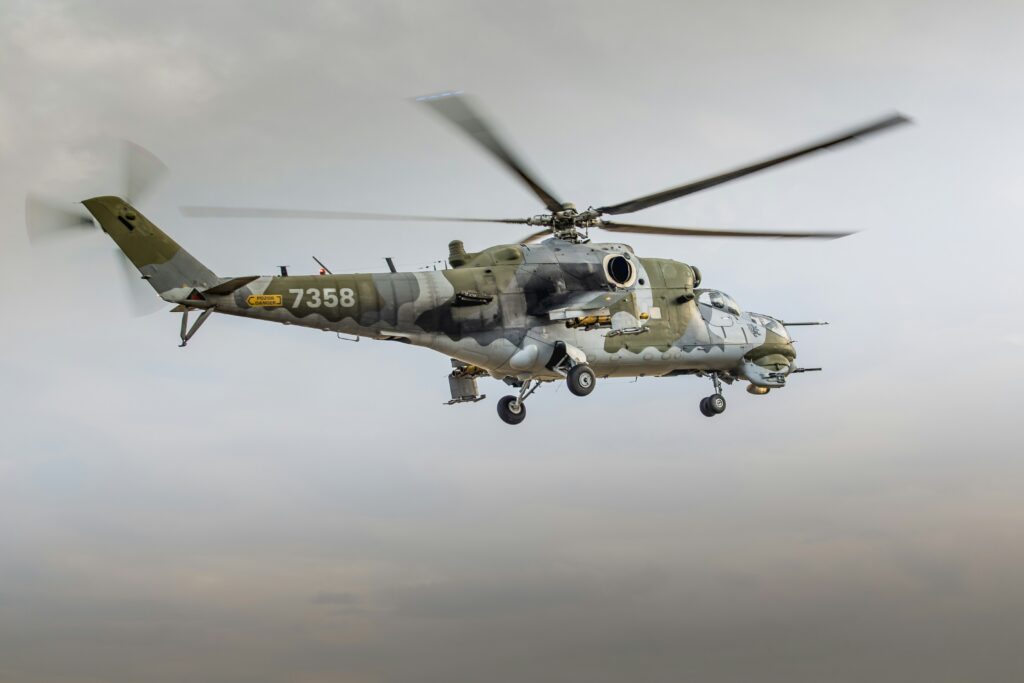
FAA’s Admission of Gaps in Cybersecurity Regulations
It’s startling when a major regulatory body like the FAA admits that their rules aren’t keeping up with technology. On August 21, 2024, the FAA published a proposal highlighting the vulnerability of modern aircraft to cyber threats, driven primarily by the increasing integration of airplane, engine, and propeller systems with internal or external data networks.
The Perils of Interconnected Systems
These interconnected systems are surprisingly vulnerable to various electronic threats. Imagine a maintenance laptop connected to the aircraft’s systems or wireless aircraft sensors communicating with public networks. Even satellite communications and portable electronic devices pose potential risks. It’s not merely a hypothetical scenario; these vulnerabilities could affect the safe operation of aircraft, something that the FAA aims to mitigate through the new proposal.
The Core of the Proposed Regulations
In an effort to shore up defenses, the FAA’s new rules are centered around two primary objectives:
- Protect Against Unauthorized Access: This includes both internal and external threats aiming to breach the aircraft’s systems.
- Prevent Malicious Changes and Adverse Impacts: Safeguarding against unauthorized alterations that could jeopardize the equipment’s functionality and safety.
Security Risk Analysis: A New Requirement
Under these proposed rules, manufacturers will need to conduct a thorough security risk analysis. This analysis must identify all the risks posed by intentional unauthorized electronic interactions (IUEI) and implement necessary mitigations to ensure safety and continued airworthiness. Essentially, no stone should be left unturned.
Continuous Maintenance Procedures
Once these security measures are in place, it’s not a ‘set it and forget it’ scenario. The manufacturers would also be responsible for developing and maintaining ongoing procedures to ensure the longevity and robustness of these cybersecurity protections.
Scope of Application
These new regulations wouldn’t just apply to airplanes; they’d extend to any engine or propeller systems, equipment, and networks susceptible to IUEI. The FAA aims for a broad yet precise approach to bolster security comprehensively.
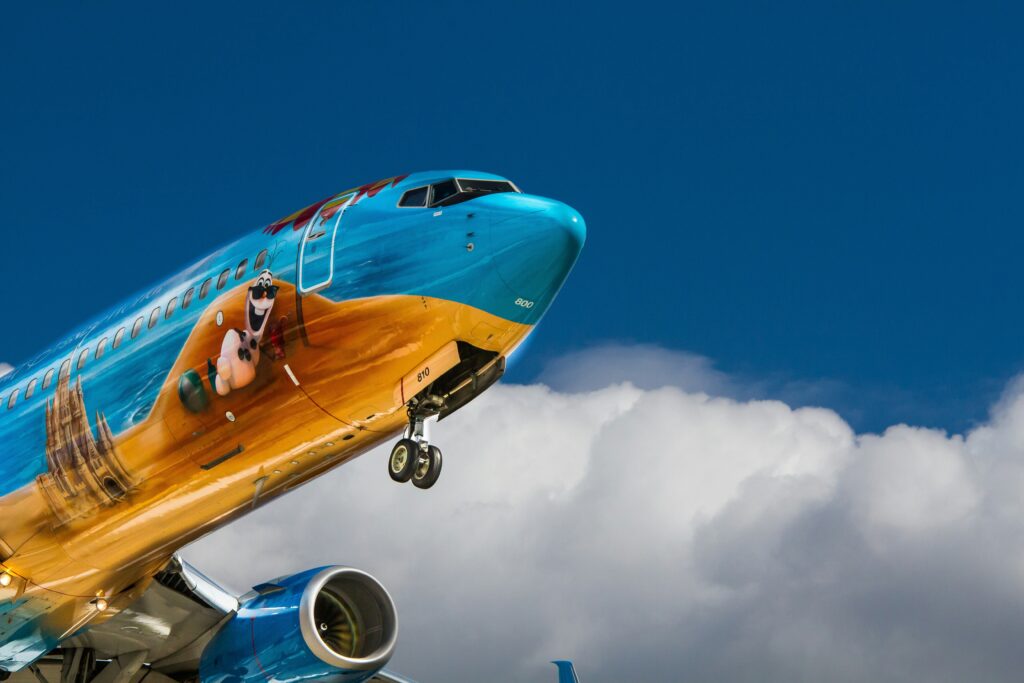
Harmonizing with EU Standards
Another significant aspect is that the FAA plans to harmonize these new cybersecurity standards with the European Union Aviation Safety Agency’s Easy Access Rules for Large Aeroplanes CS-25 regulation.
Benefits of Unified Standards
Currently, aircraft manufacturers face the daunting task of meeting multiple airworthiness standards to obtain certification in various jurisdictions. By harmonizing standards, the FAA aims to provide manufacturers with a single set of requirements, simplifying the process and reducing both cost and complexity.
Reduction of Special Conditions
The proposed rules would also eliminate the need for the FAA to continually issue special conditions during the certification process. Special conditions are generally crafted to address novel or unusual features in design proposals. By having unified standards, both manufacturers and regulators can save time and resources, streamlining the path toward certification.
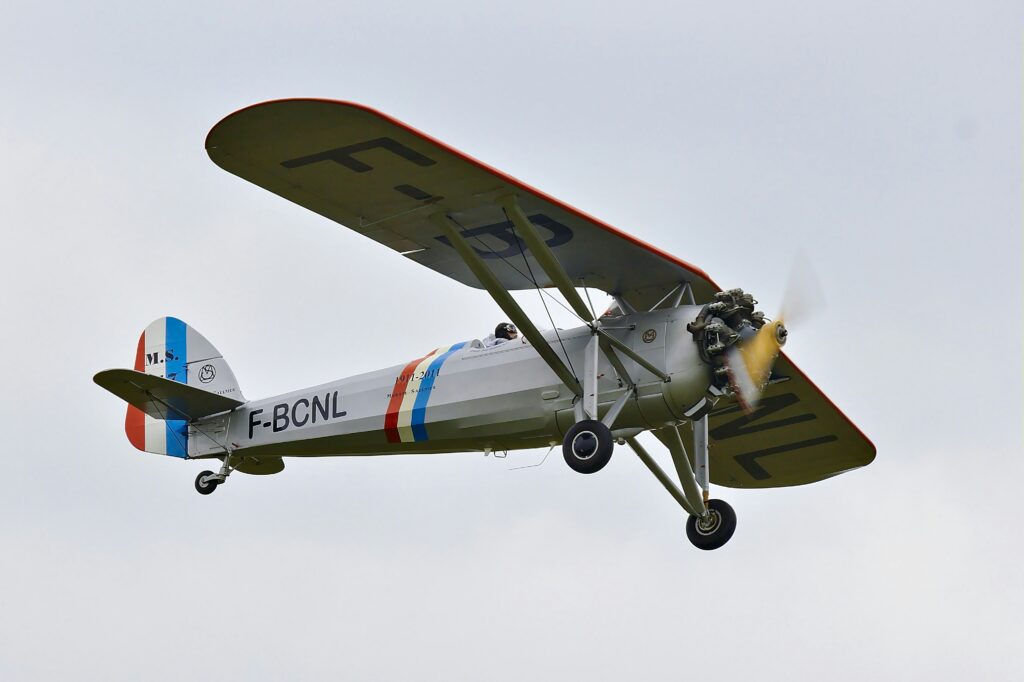
Historical Context and Urgency
This isn’t a sudden realization by the FAA. Previous reports and incidents have underscored the urgent need for improved aircraft cybersecurity.
Notable Incidents
- Israeli Aircraft Cyber-Hijacking Attempts: Instances like these highlight the pressing need to protect against sophisticated cyber attacks aimed at aircraft systems.
- Government Reports: Various reports, including those from the US Government Accountability Office (GAO), have repeatedly called for enhanced cybersecurity measures for commercial airplanes.
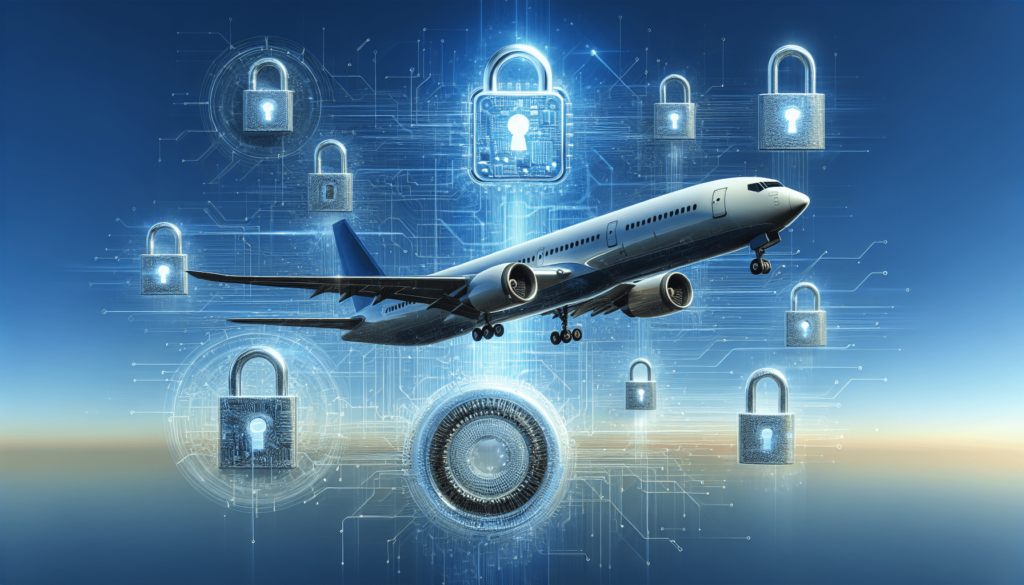
The Larger Picture: Securing the Future of Aviation
The landscape of aviation is changing rapidly, with technological advancements bringing both opportunities and challenges.
Industry Collaboration
The FAA’s approach underscores the importance of industry collaboration. Manufacturers, regulators, and cybersecurity experts must work closely to ensure that emerging technologies don’t outpace the regulations designed to keep them safe.
Ongoing Education and Awareness
For this venture to succeed, continuous education and awareness about cybersecurity threats and protections are crucial. The aviation industry must prioritize cybersecurity training programs and awareness campaigns to keep all stakeholders informed.
Future-Proofing Technology
The aim should be not just to tackle current vulnerabilities but to future-proof technologies against evolving cyber threats. It’s a proactive rather than reactive stance that could make all the difference in the safety and security of modern aviation.
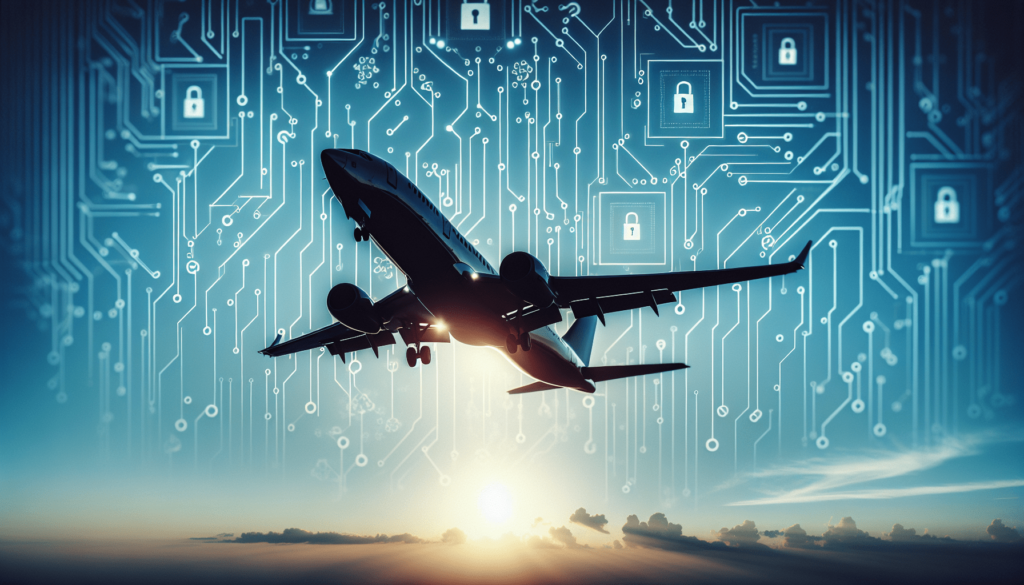
Conclusion
In admitting the gaps in current cybersecurity regulations, the FAA has taken a significant step towards bolstering the safety and security of modern aircraft. The proposed new regulations, aimed at mitigating a wide range of cyber threats, represent a crucial advancement in aviation safety.
By harmonizing standards with the European Union and compelling manufacturers to conduct rigorous security risk analyses, develop continuous maintenance procedures, and apply these rules across all susceptible systems, the FAA sets a robust foundation for a more secure future in aviation.
As technology continues to evolve, so must the regulations that ensure its safety. Through ongoing collaboration, education, and proactive measures, the aviation industry can better navigate the complex landscape of cybersecurity threats. So, the next time you board a plane, perhaps you’ll spend a moment appreciating the intricate balance of technology and safety regulations that make your journey possible.
Source: https://www.infosecurity-magazine.com/news/faa-gaps-aircraft-cybersecurity/

